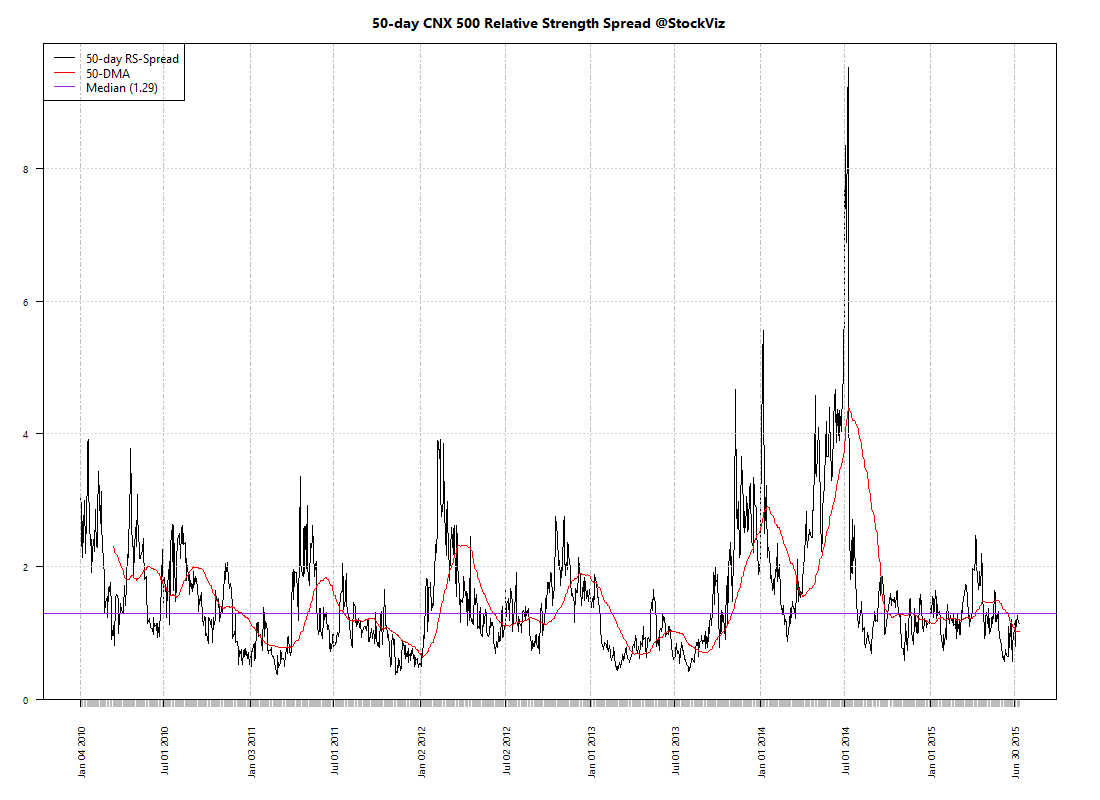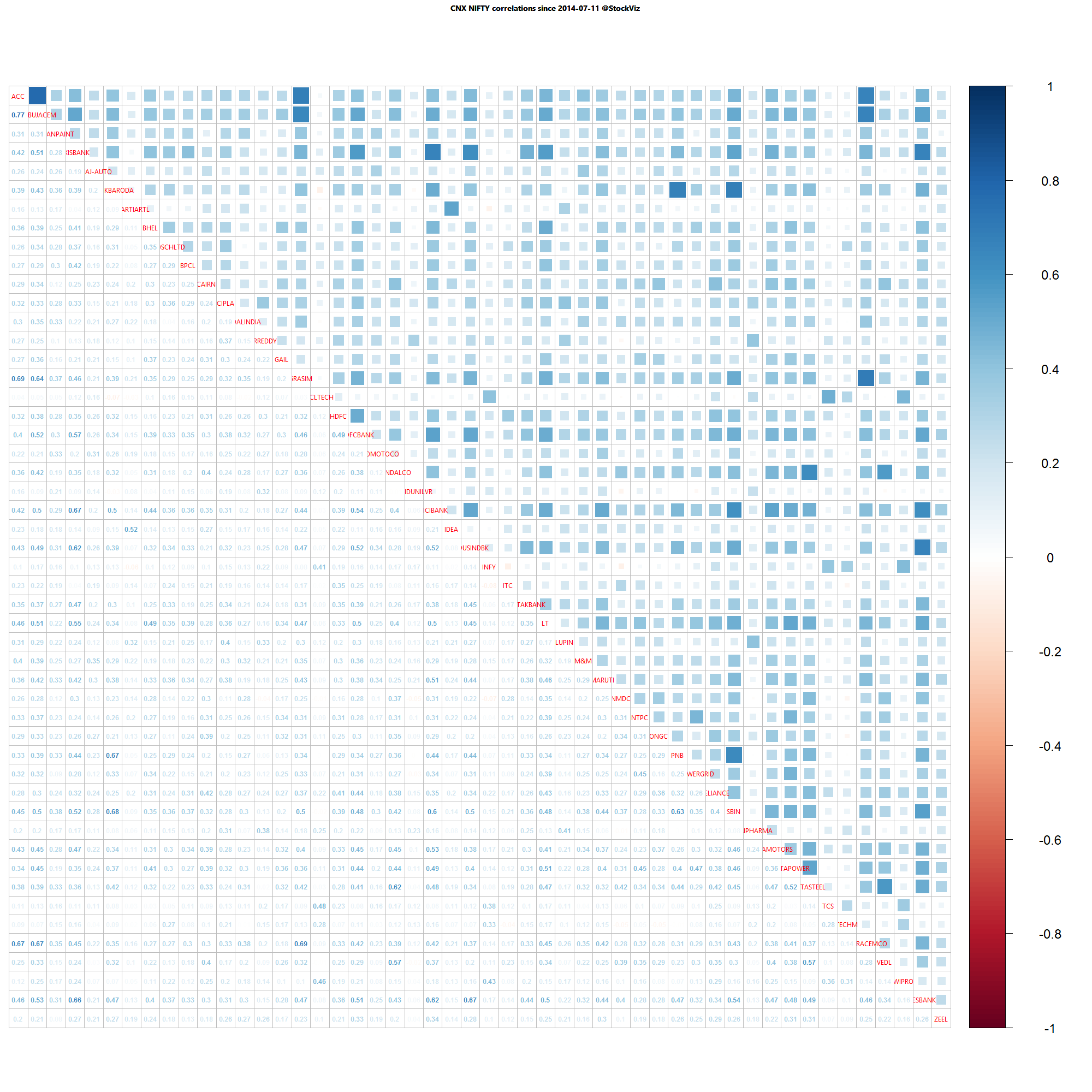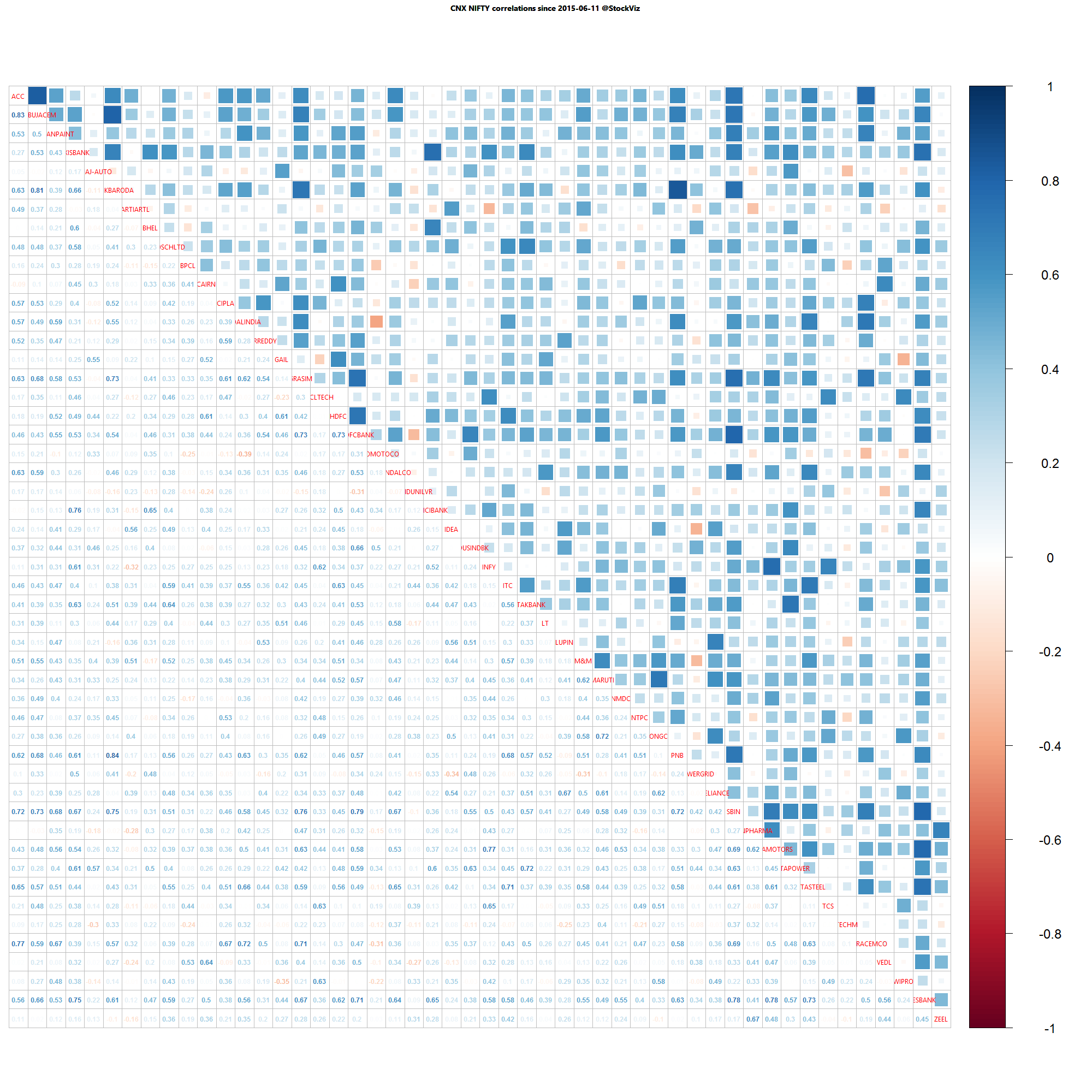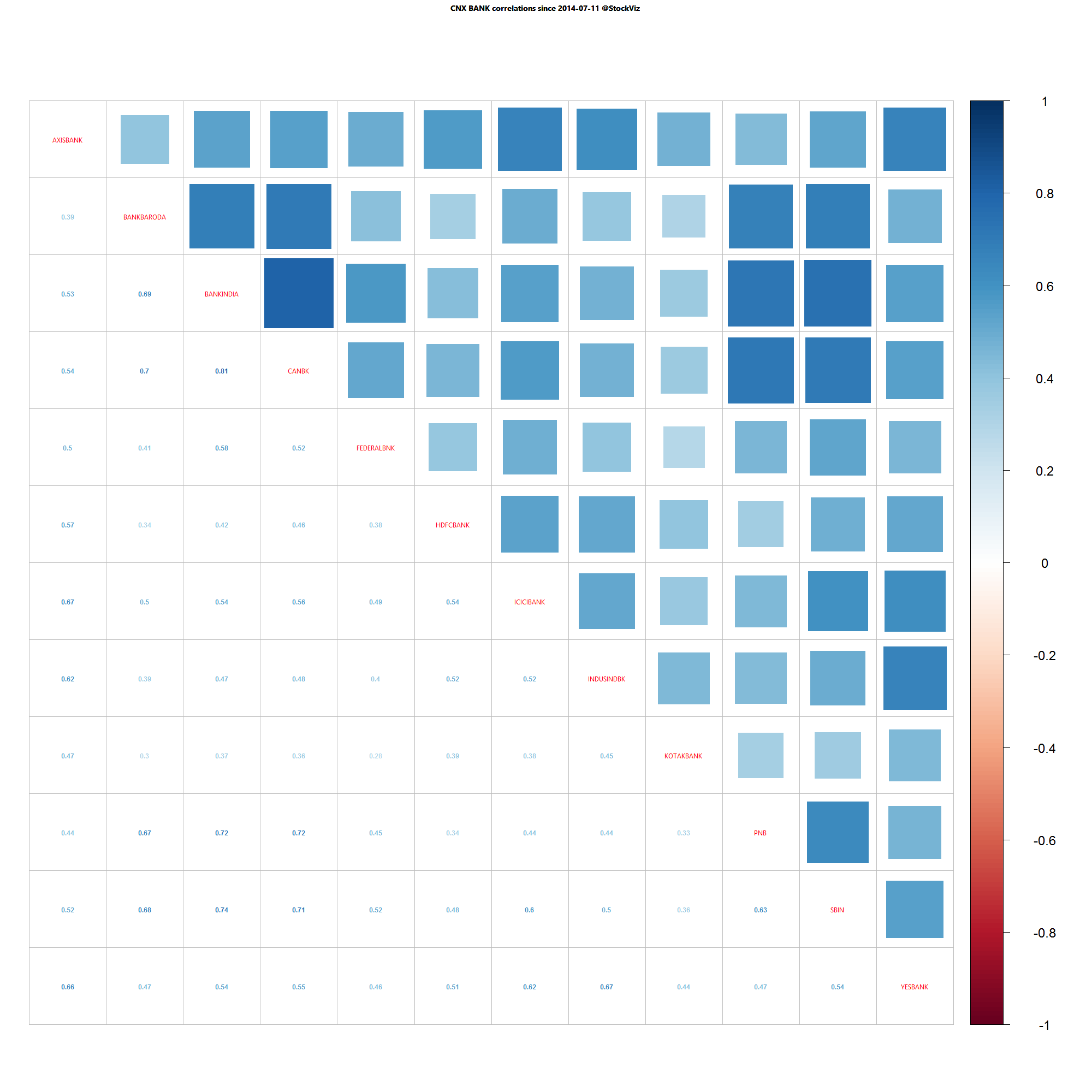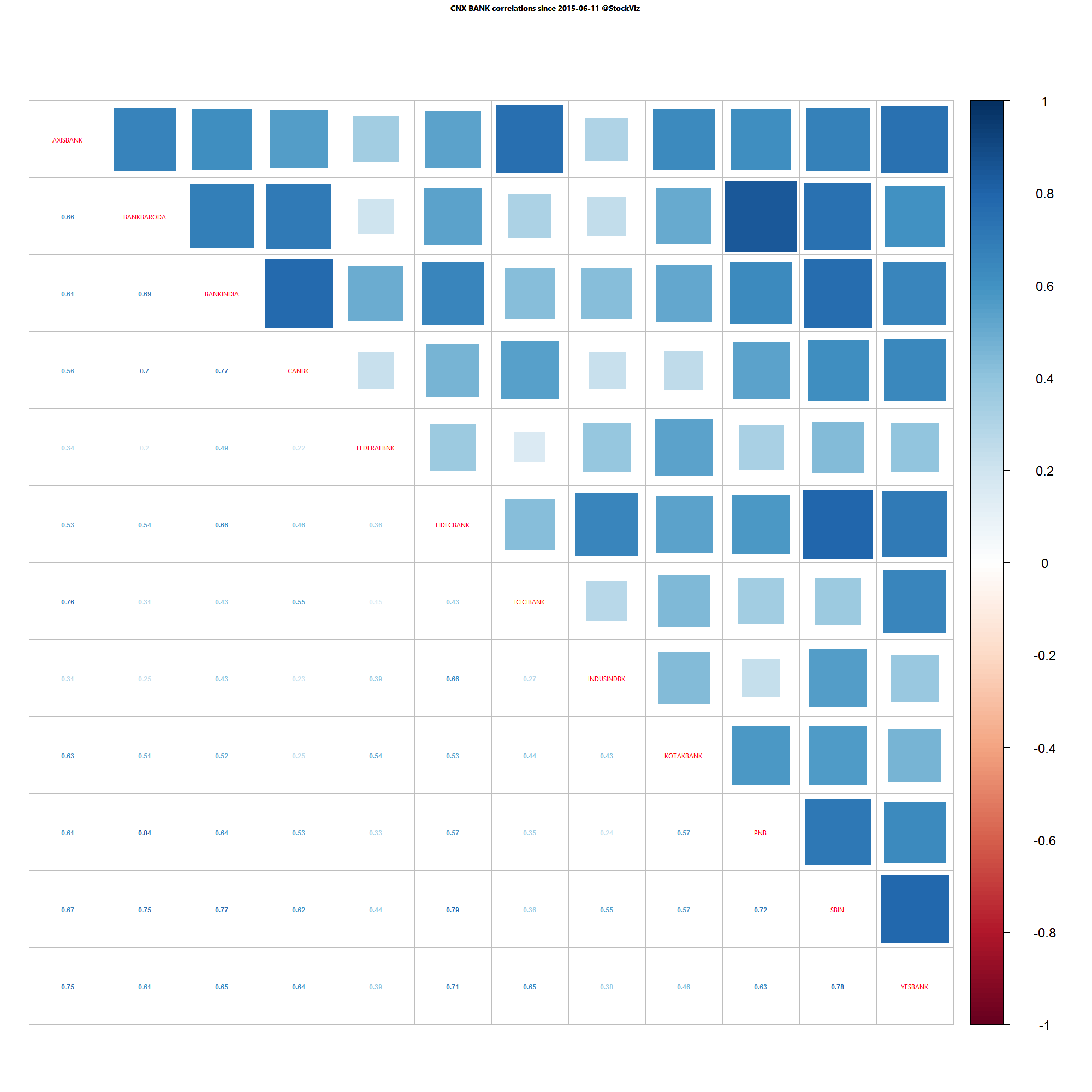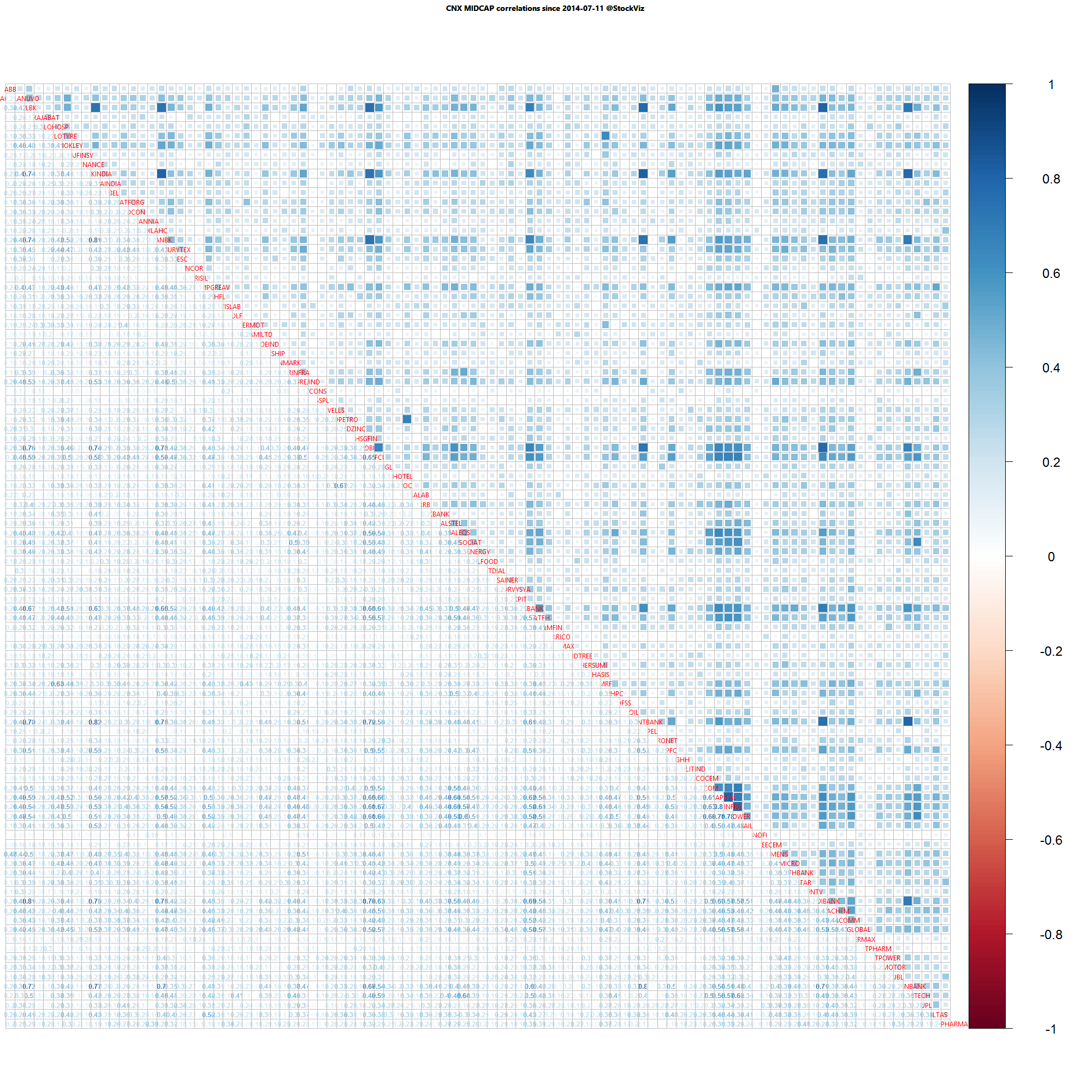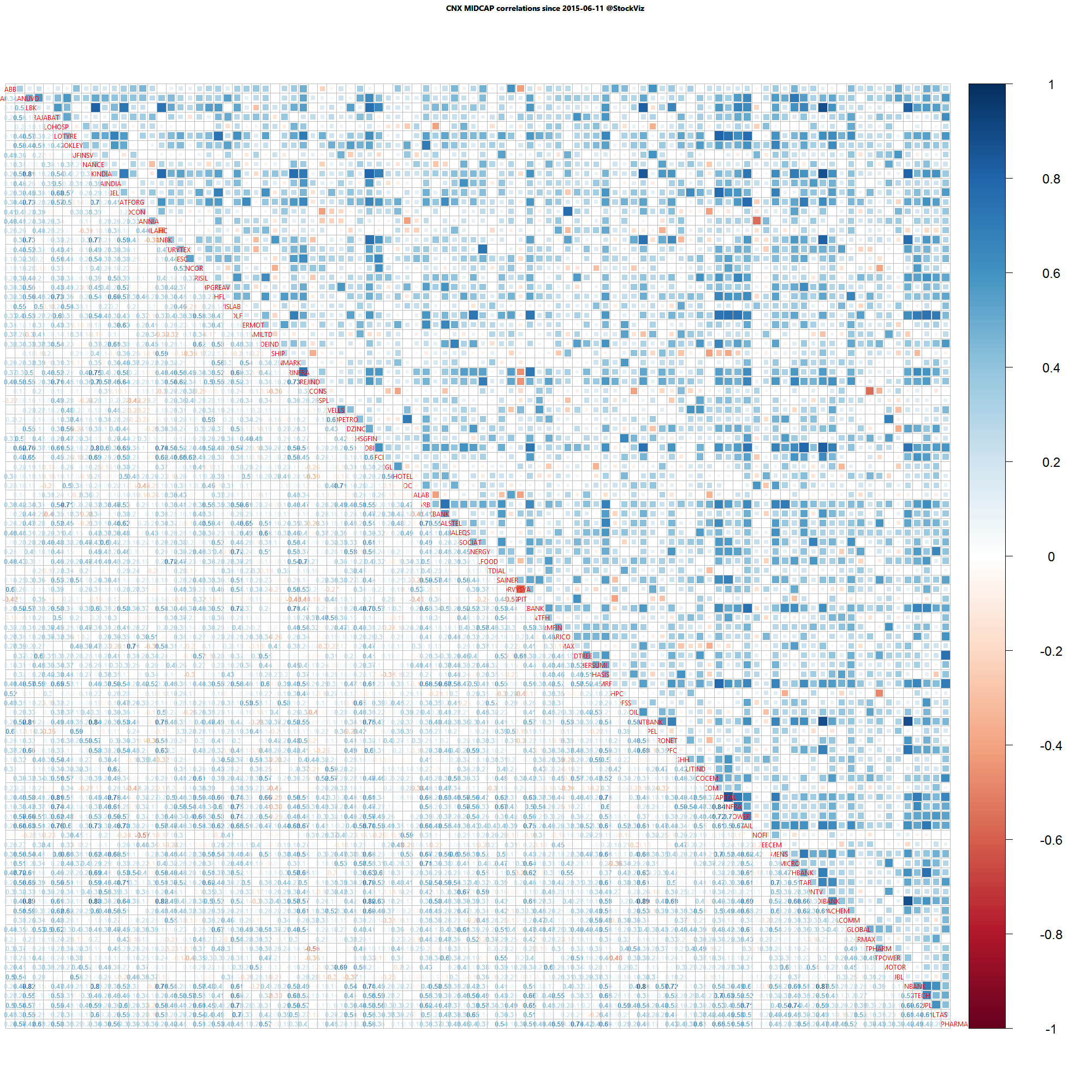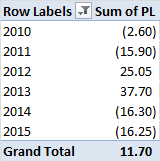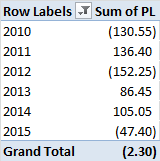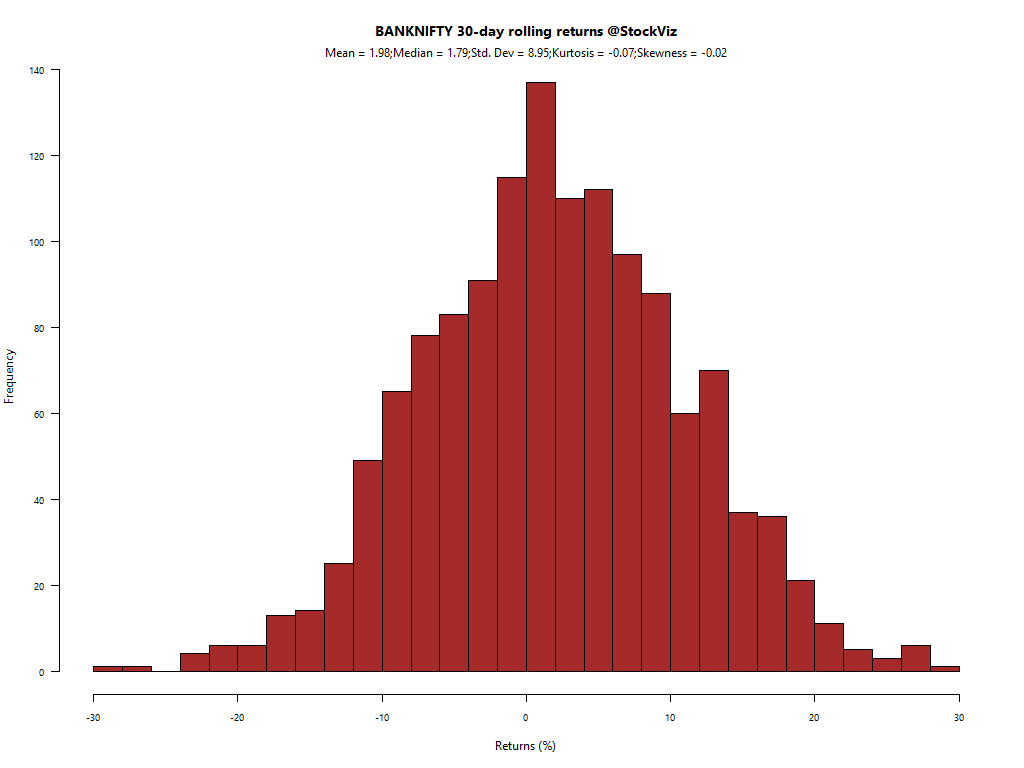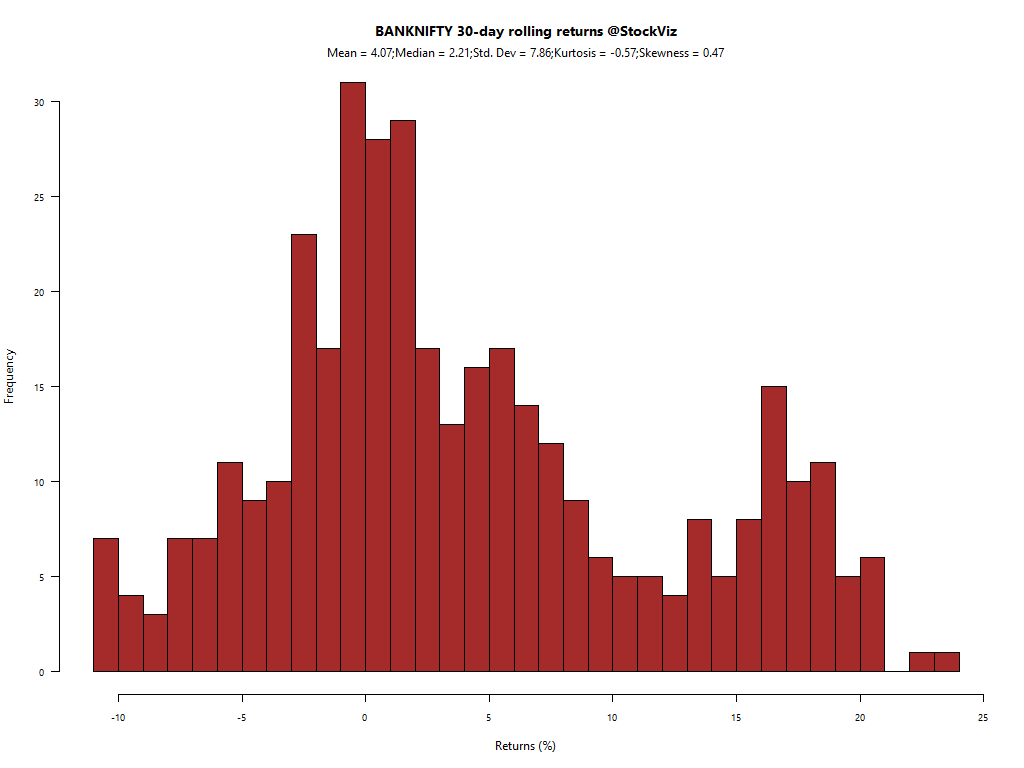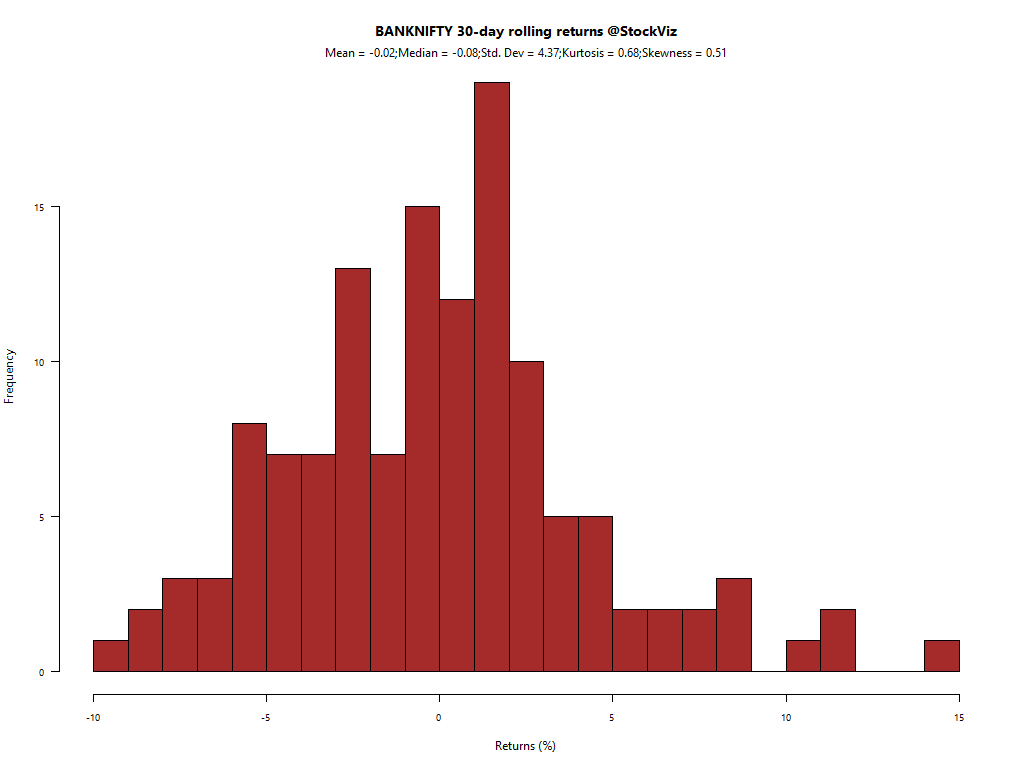MOMENTUM
We run our proprietary momentum scoring algorithm on indices just like we do on stocks. You can use the momentum scores of sub-indices to get a sense for which sectors have the wind on their backs and those that are facing headwinds.
Traders can pick their longs in sectors with high short-term momentum and their shorts in sectors with low momentum. Investors can use the longer lookback scores to position themselves using our re-factored index Themes.
You can see how the momentum algorithm has performed on individual stocks here.
Here are the best and the worst sub-indices:
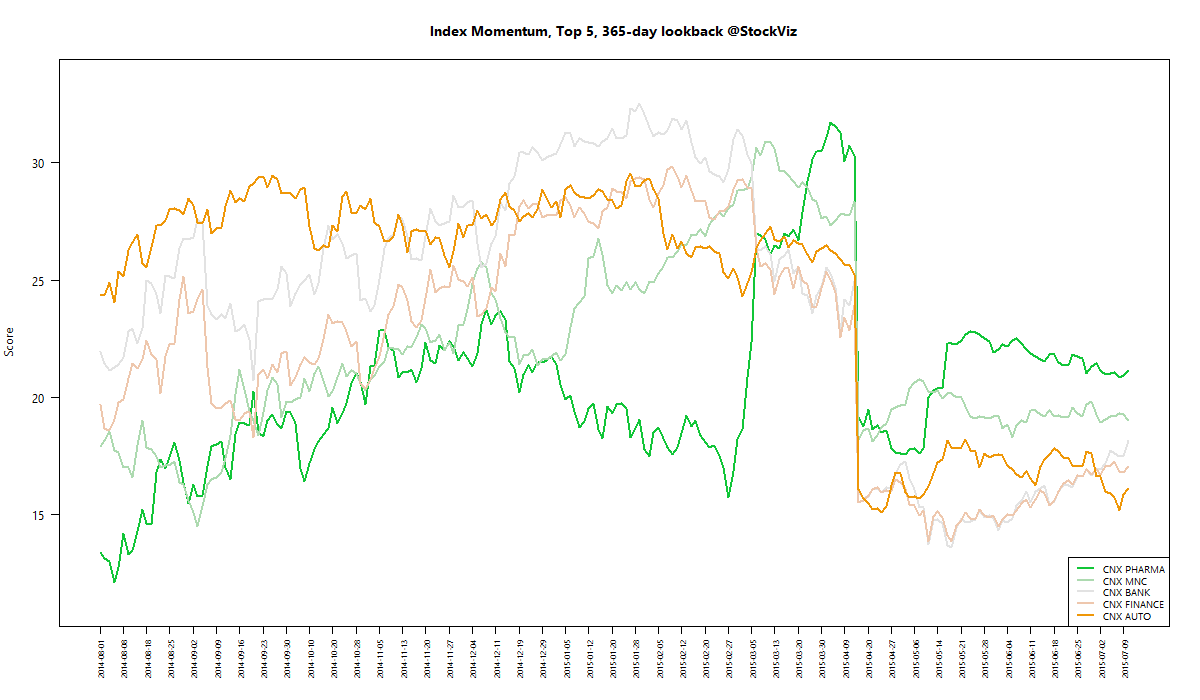
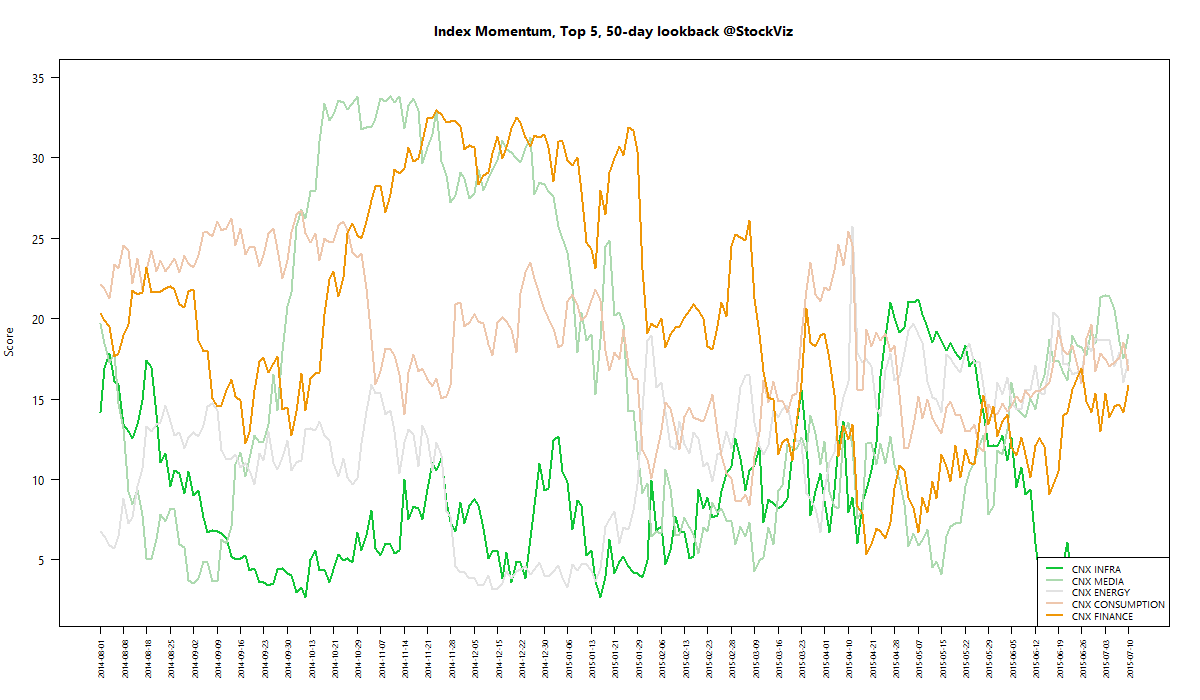
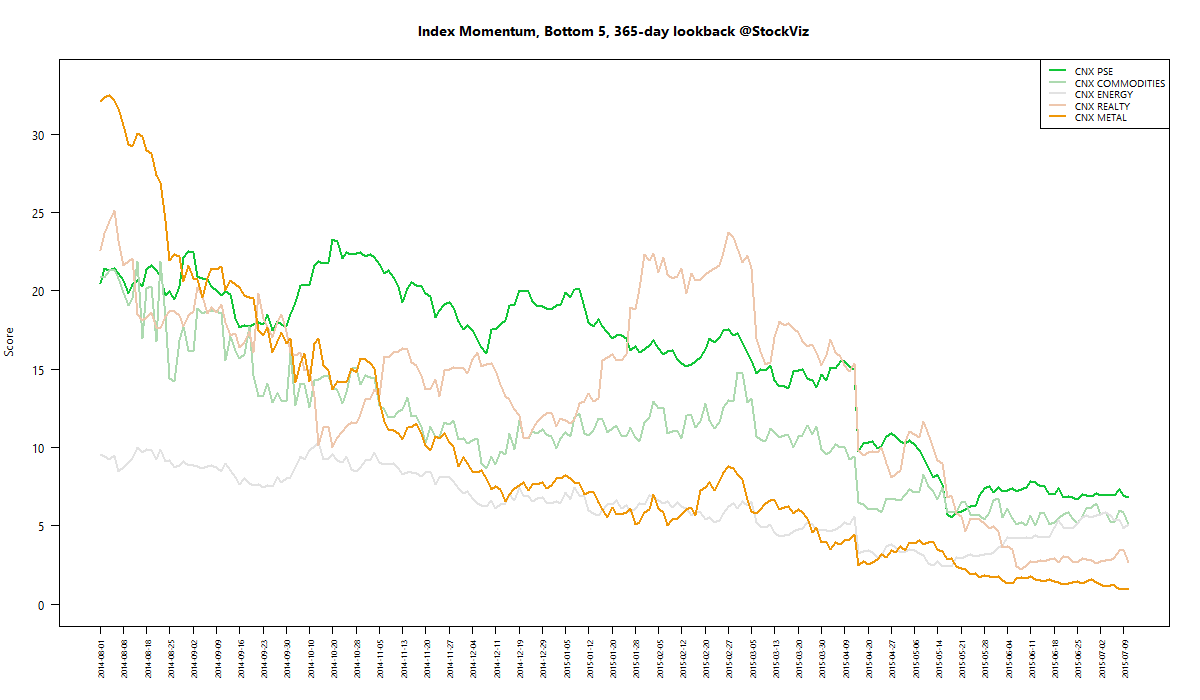
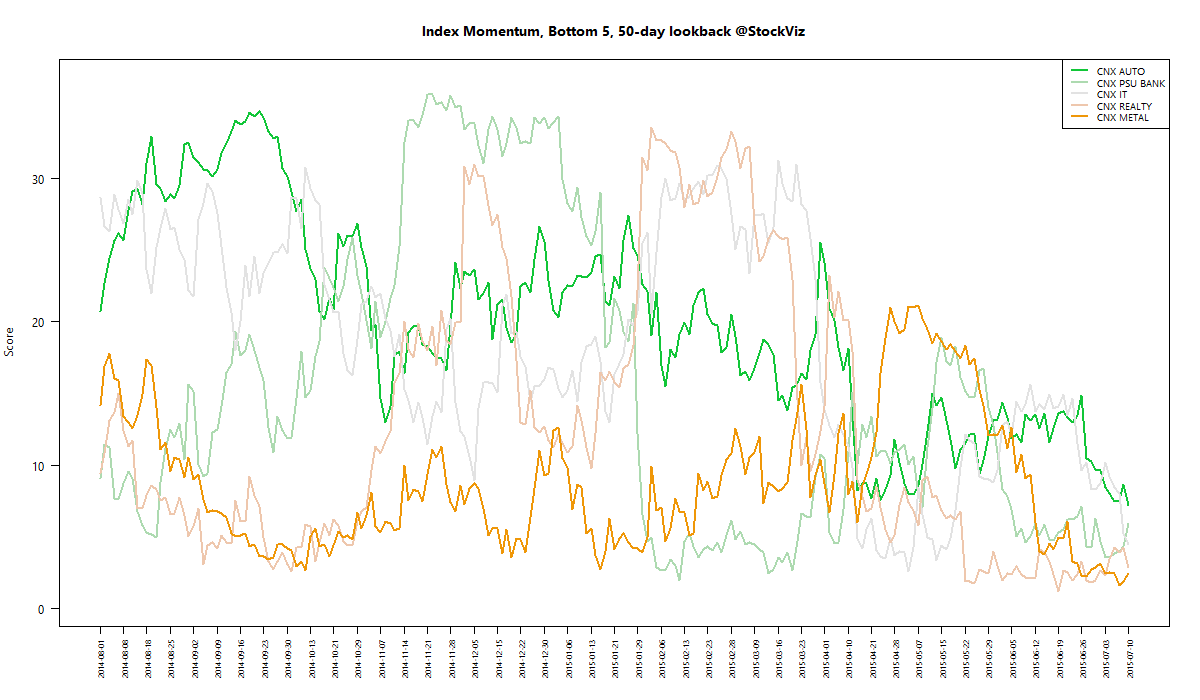
Relative Strength Spread
Refactored Index Performance
50-day performance, from May 04, 2015 through July 10, 2015:
Trend Model Summary
| Index | Signal | % From Peak | Day of Peak |
|---|---|---|---|
| CNX AUTO | SHORT |
9.51
|
2015-Jan-27
|
| CNX BANK | LONG |
8.93
|
2015-Jan-27
|
| CNX COMMODITIES | SHORT |
28.96
|
2008-Jan-04
|
| CNX CONSUMPTION | LONG |
2.44
|
2015-Apr-13
|
| CNX ENERGY | SHORT |
27.21
|
2008-Jan-14
|
| CNX FMCG | SHORT |
10.80
|
2015-Feb-25
|
| CNX INFRA | LONG |
46.72
|
2008-Jan-09
|
| CNX IT | SHORT |
88.69
|
2000-Feb-21
|
| CNX MEDIA | LONG |
24.79
|
2008-Jan-04
|
| CNX METAL | LONG |
60.32
|
2008-Jan-04
|
| CNX MNC | LONG |
3.13
|
2015-Mar-12
|
| CNX NIFTY | LONG |
7.07
|
2015-Mar-03
|
| CNX PHARMA | LONG |
9.35
|
2015-Apr-08
|
| CNX PSE | LONG |
25.36
|
2008-Jan-04
|
| CNX PSU BANK | LONG |
37.25
|
2010-Nov-05
|
| CNX REALTY | SHORT |
90.44
|
2008-Jan-14
|
| CNX SERVICE | LONG |
8.97
|
2015-Mar-03
|
